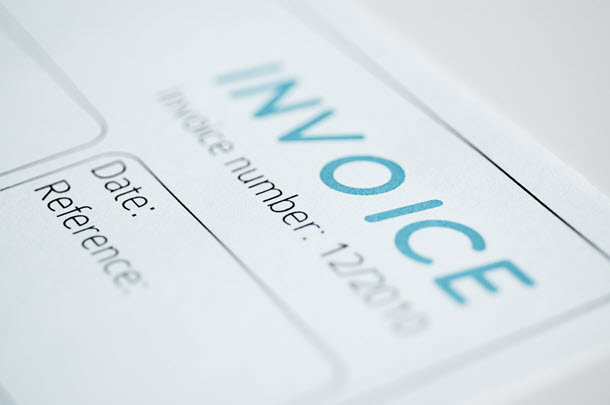With automated Accounts Payable solutions, organisations can expect to see a return on their investment within the first six to twelve months. From that point onwards, the solution starts generating increasing returns for the business.
In fact, there are many benefits when automating the processes of receiving invoices, automated reconciliation of invoices against associated statements, and making timely payments to suppliers, business partners, tax agencies and other creditors.
In essence, it allows the finance function to become more proactive and strategic in its approach and ultimately transform the role from a cost centre into an area rich in innovation and new efficiencies.
Surprisingly, not all mid-size and large companies have recognised the value of automating this function. Consequently, they are not deriving the most possible value from their Finance operations.
In traditional thinking, the finance function was regarded simply as a cost centre to the business, an admin-intensive area that was fated to grow in scale, in proportion with a growing organisation. Even worse, it seemed to add more layers of manual processes as it grew.
Now, with automated Accounts Payable solutions, the finance division is re-framed as a strategic team that drives process efficiencies, ensures the optimal use of financial resources, improves balance sheet effectiveness, and focuses on relationships and engagement with key business partners.
The direct, tangible advantages of an automated Accounts Payable solution start with the benefits of early-payment discounts and avoiding any late-payment penalties. In cases of more complex conglomerates and federated organisations, automation enables the finance teams to see where the same suppliers are being paid by different business units, and consolidate the invoices into one – often benefitting from bulk discounts.
Other direct advantages are found in areas like tax penalty avoidance, reduced chances for erroneous payments, and savings on smaller administrative costs like couriering, paper, ink, and physical document storage for example. Over time, it all adds up to a huge saving for the organisation.
And, as automation takes over much of the ‘low value, high volume’ activities in invoicing, there is less need to grow the headcount in the finance team. In fact, many of the team members are redeployed to higher-value, more strategic activities.
Finally, by handing over much of the day-to-day processing to an automated solution, the finance team is better able to plan, forecast and budget. In this way, for example, they can select the suppliers who are offering the most attractive early-payment discounts and structure the accounts payable function around generating the most value.
In general, it is the visibility and control which makes automated Accounts Payable so attractive. Being able to track the status of an invoice, from receipt all the way through its lifecycle, to the eventual payment, is a huge boost to the organisation.
Some of the other key features of automated solutions include full compliance with the relevant legislation – this is primarily the South African Revenue Services (SARS) Act, and the National Archives and Records Service (NARS) Act – as well as conformance with governance recommendations such as King III.
Added to this, quality Accounts Payable solutions also cater for automated statement reconciliations, and effectively deal with any exceptions, queries, errors, inconsistencies and duplications through a flexible case management system.
Ultimately, all of these benefits help the Finance team to elevate its role within the organisation – and focus on the higher-value aspects of supplier relationships, enhanced engagement and communication with suppliers, and financial forecasting. Top-class Finance skills are retained in the organisation, as it adopts a leaner and more strategic guise. The benefits to the organisation are quick to realise and very sustainable in the months and years that follow.
